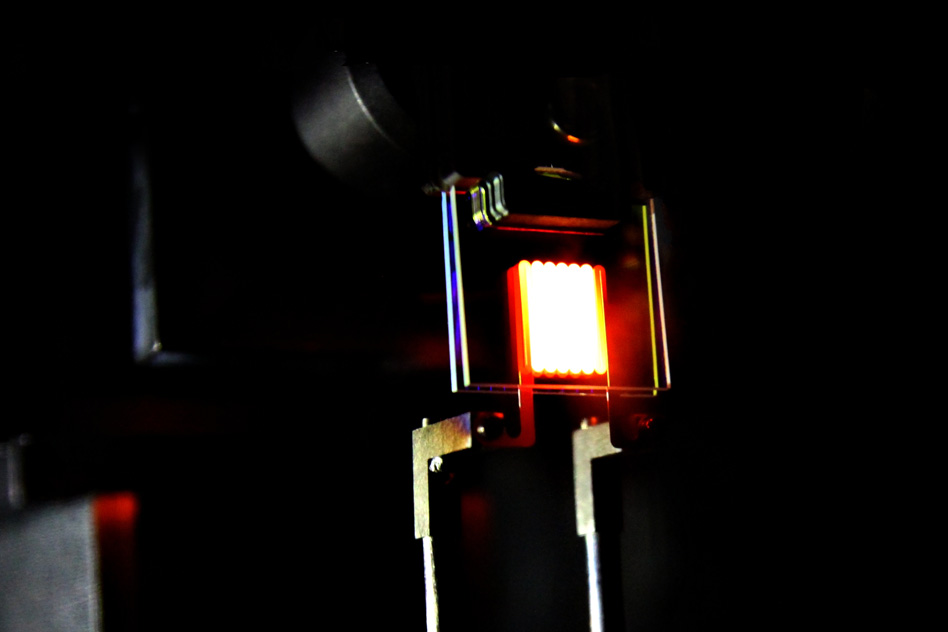MIT Researchers may have improved the efficiency of incandescent light bulbs significantly. Regulators in the United States and numerous other countries have phased out conventional incandescent light bulbs due to their failure to reach minimum efficiency requirements. In the U.S. regulators set this to be a minimum of 25 to 30% more efficient than common incandescent bulbs of 2008.

A proof-of-concept device built by MIT researchers demonstrates the process the researchers call “light recycling” to make the incandescent bulbs more efficient.
Conventional incandescent bulbs of 2008 operated at about 15 to 22 lumens per watt efficacy. Approximately 95 percent of the energy from the electricity is wasted as heat in incandescent bulbs. However, a group of researcher from MIT and Purdue have devised a way to make incandescent bulbs significantly more efficient.
The group developed a two-stage process to get the filament of a conventional bulb to emit more light with the same amount of electricity. The researchers created secondary structures surrounding the tungsten filament to capture infrared radiation that would normally be lost as heat.
These structures of photonic crystals reflect the infrared radiation back to the filament to be re-absorbed and then re-emitted as visible light. They fabricated these structures with Earth-abundant elements using conventional deposition methods. The infrared light essentially keeps bouncing back until it can be released as visible light.
The luminous efficiency, which takes into account the response of the human eye of conventional incandescent lights is between 2 and 3 percent. Fluorescents (including CFLs) run between 7 and 15 percent, and most compact LEDs average between 5 and 15 percent. The researchers claim that once perfected their technique could raise the efficiency to as high as 40 percent.
The first proof-of-concept units, however, achieve just 6.6 percent efficiency, which already matches the efficiency of some of the less efficient CFLs and LEDs. The team calls the approach “light recycling”. The team published their findings in the journal Nature Nanotechnology. (doi:10.1038/nnano.2015.309).
The technology also has several potential applications including use in thermal photovoltaics (solar).
Support for the work came from the Army Research Office through the MIT Institute for Soldier Nanotechnologies, and the S3TEC Energy Frontier Research Center funded by the U.S. Department of Energy.




